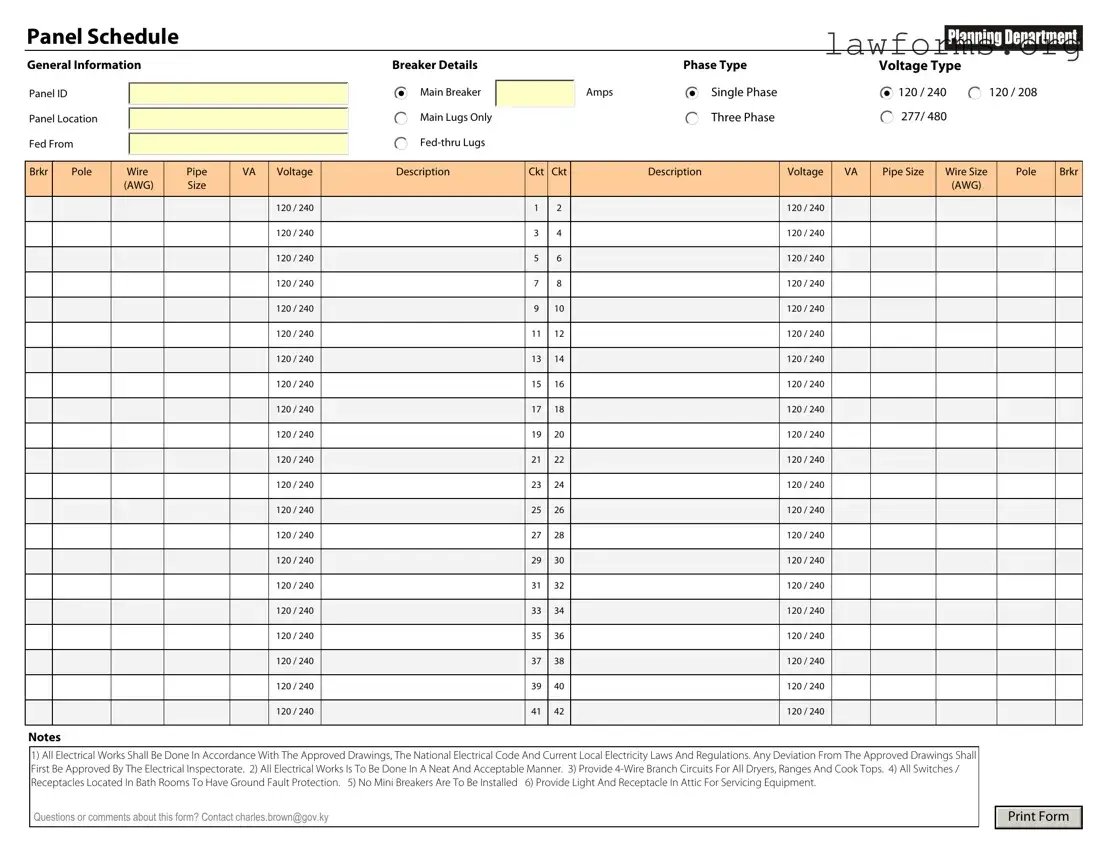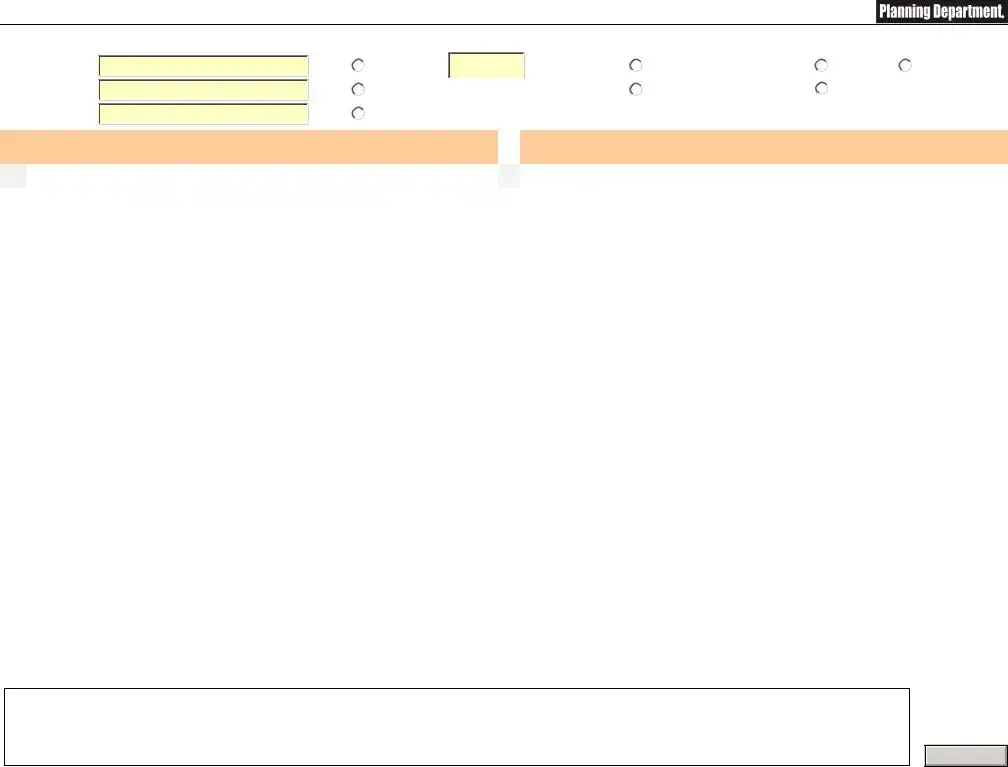Fill Out a Valid Electrical Panel Schedule Template
The Electrical Panel Schedule form is a critical document used to organize and display the electrical circuits within a building's panel. It provides essential information about each circuit, including its load capacity, breaker size, and the areas or devices it serves. Understanding and accurately completing this form is vital for ensuring electrical safety and efficiency; click the button below to fill out the form.
Customize Document Online

